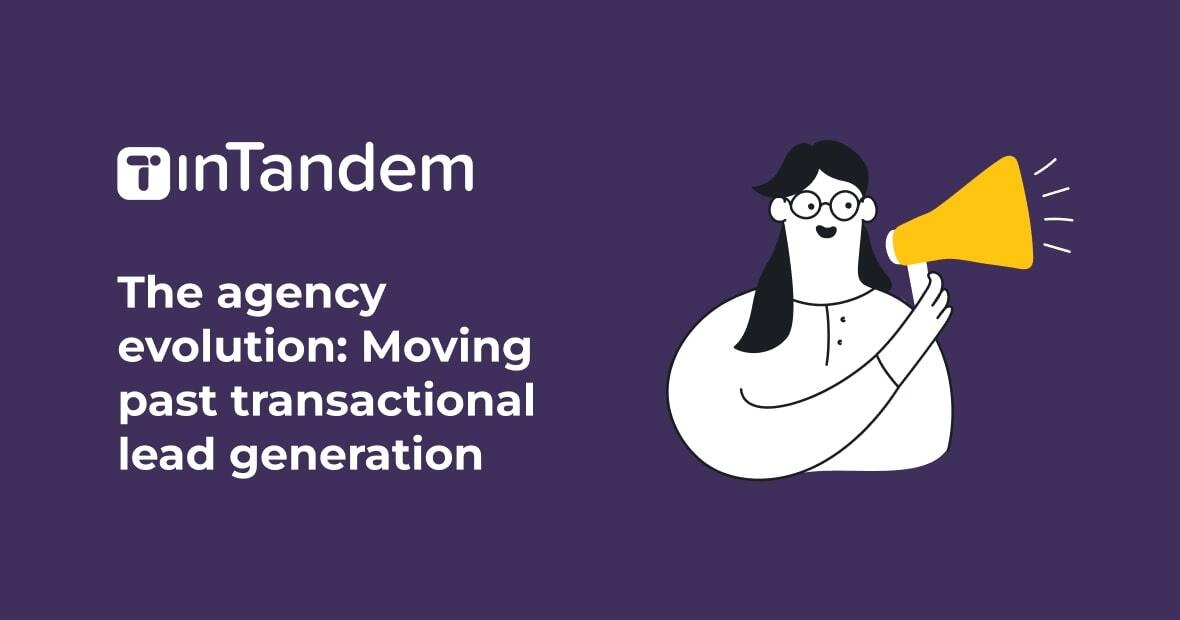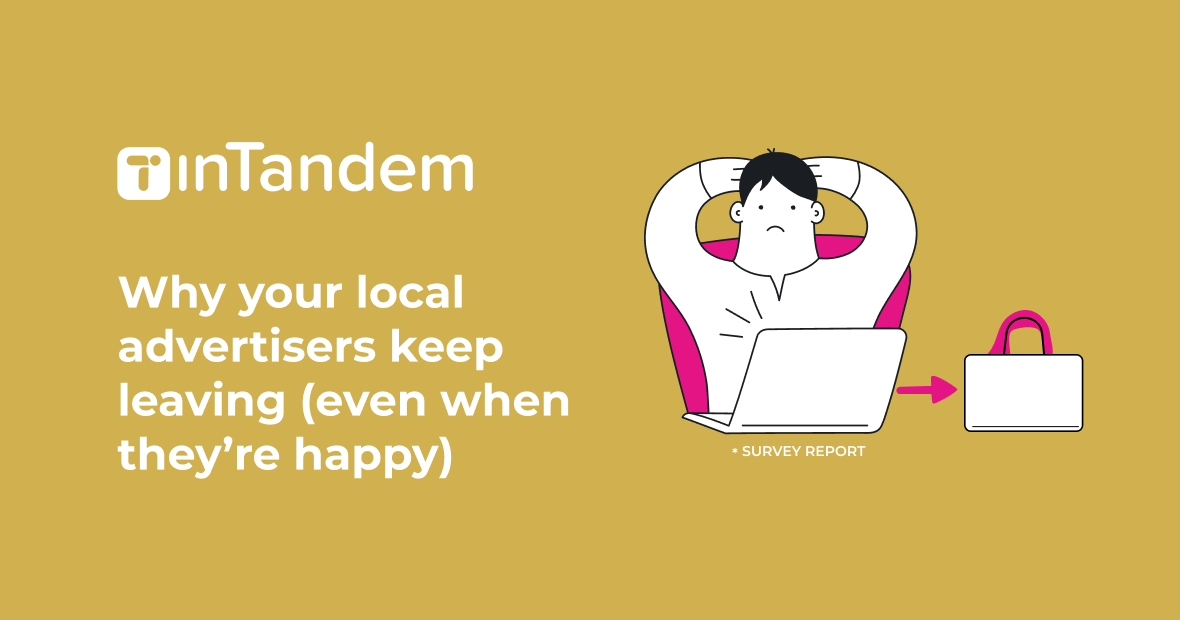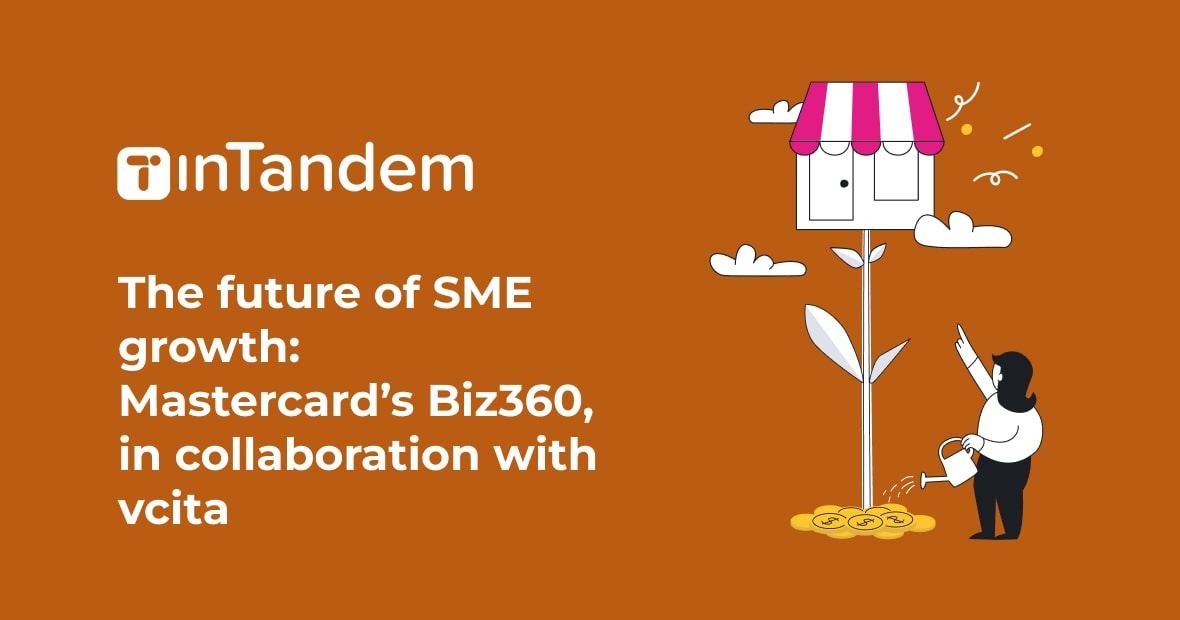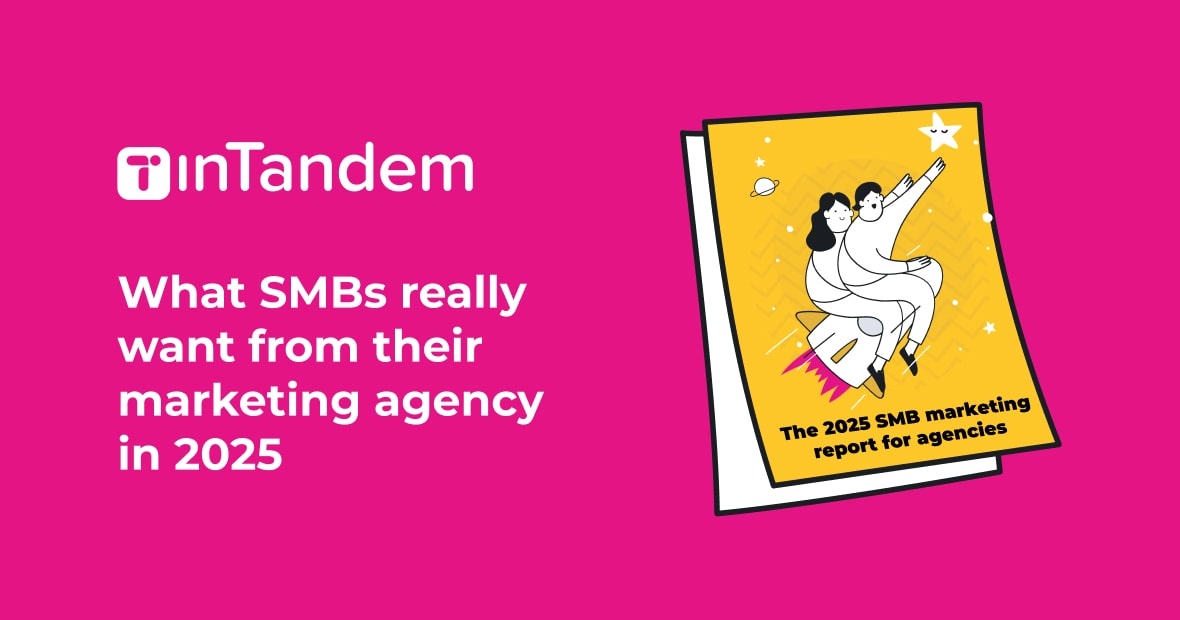The agency universe is in flux. Having spent many years on both sides of the agency equation – first as a founder of a digital agency myself, and now helping agencies grow through strategic partnerships at vcita – I’ve witnessed it firsthand.
The simple lead gen playbook of agency legacy is no longer working. The top-performing agencies today are refocusing their role entirely, moving from service provider to strategic growth partner who becomes part of the operational DNA of their small business customers.
If you’re not sure about how to position your agency as an indispensable partner to your SMB clients’ growth, this article gives actionable advice on how to achieve that and ultimately, retain more of your SMB clients.
The SMB reality: Why the old agency models are crumbling
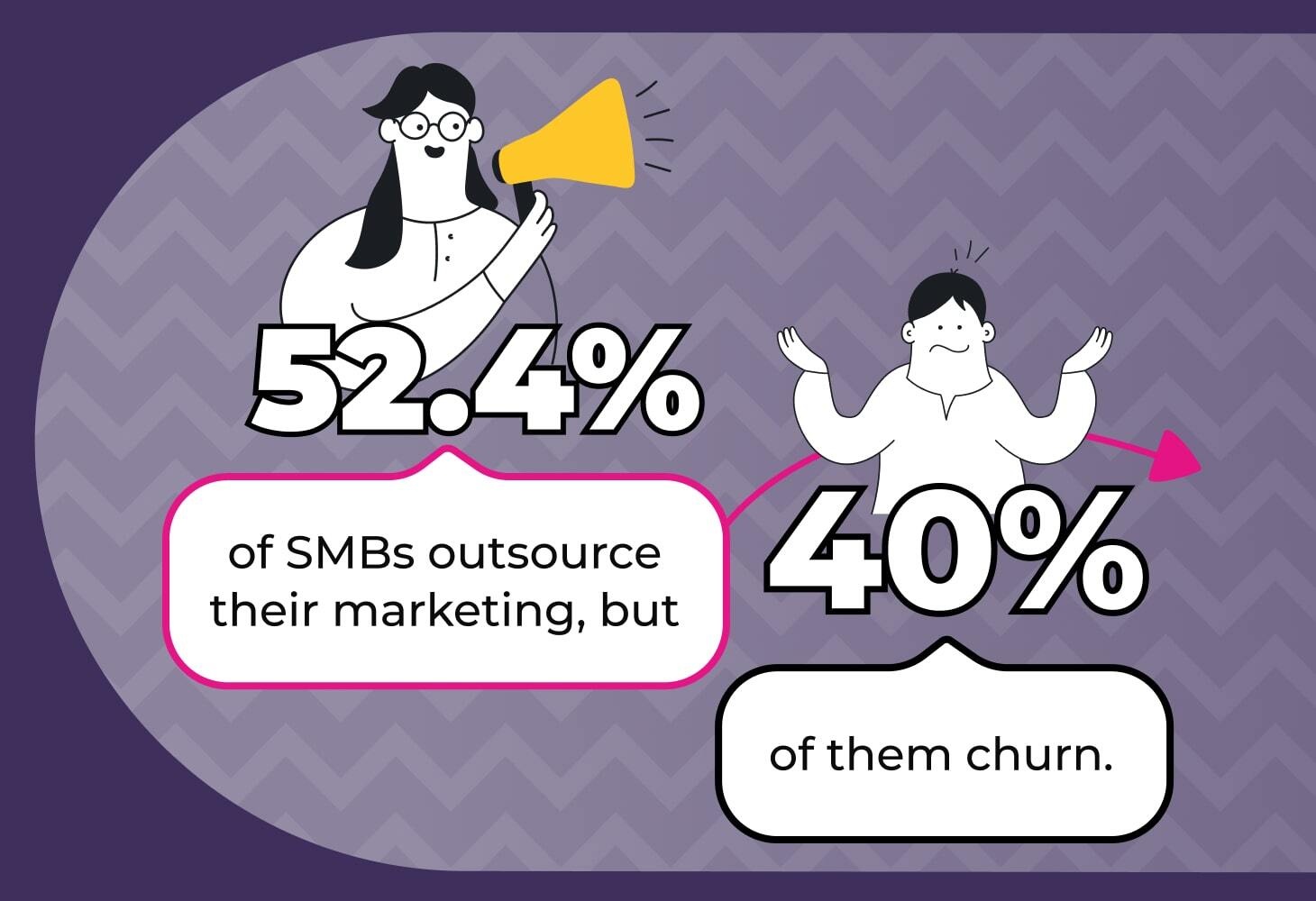
Running a small business comes with a number of challenges. Economic instability, skills shortages, and accelerated digital transformation pressures have powered a perfect storm that reveals the shortcomings of traditional agency arrangements.
The numbers tell a stark story. Our research shows that 52.4% of SMBs outsource digital marketing to an agency, yet 40% churn, and most within only a few months. This concerning trend shows just how problematic agency client retention remains.
We’ve learned that agencies that rely solely on lead generation services see a much higher churn rate and a lower LTV, compared to those with a more comprehensive offering and SMB-agency relationship. The reason is simple: delivering leads without the capability to convert and retain customers doesn’t create sustainable growth.
In fact, our recent survey of SMB owners in the US revealed that their top marketing goals and challenges all revolve around converting leads into clients.
This new world demands a new model of agency, one that is based on three pillars which set market leaders apart from the competition:
-
Diversify to drive revenue
The most prosperous agencies we work with have ditched the old high-touch, low-margin model.
Consider the trajectory of evolution: A potential opportunity presents itself for lead generation, but the actual opportunity lies in crafting their entire customer acquisition and retention infrastructure. Lead nurturing and conversion, Email automation, appointment scheduling, client communication workflow, become not just add-ons, but core infrastructure that makes that first lead generation exponentially more valuable.
The broader market trends also show how SMBs are increasingly seeking comprehensive technology solutions rather than point solutions that allow them to manage everything from one single place, as indicated in our December 2024 survey where a whopping 91% of small businesses said they prefer an all-in-one solution to manage their business, consistent with previous surveys.
This all-in-one approach creates organic opportunities for growth that customers actively pursue rather than battle against. The secret insight: SMBs don’t buy services – they buy outcomes. Define your offerings in terms of revenue effect, not feature packages.
-
Don’t just show results, show impact
In a time when everything can be quantified, and every last dollar can be tracked, the agencies that tap into radical transparency will stand in contrast to those that are clinging to the “trust us” of traditional marketing. I think it’s obvious which side will win.
Providing concrete ROI evidence and making their operational processes transparent to help clients convert and hold onto the leads that they generate, will gradually become the standard for successful agencies.
This means looking beyond reporting what happens, to actually helping customers improve at what comes next. When agencies provide measurable touchpoints along the entire customer journey, from first contact to final sale to repeat purchase, they become revenue partners, not lead sellers.
-
Lean into strategic partnerships
The agencies that are achieving sustainable growth have learned something surprising: the best way to grow is to work better together.
The trend toward strategic partnerships is accelerating across the industry. 2024 saw many agencies beginning to plan for what is coming, upping their technological offering through partnerships and developing in-house tools.
Strategic partnerships, particularly with technology platforms or expert vendors, allow agencies to expand their service reach without attendant increases in overhead, complexity, or risk. Even better, many of these vendors offer white-labeling, which enables agencies to gain all the benefits of delivering tech under their own.
Rather than building capabilities that might take months or years to develop and maintain, agencies can leverage proven solutions, such as the inTandem platform, that have already been tested across hundreds of thousands of SMB implementations. This approach allows agencies to focus on what they do best (strategy and client relationships) while delivering comprehensive solutions that meet the full spectrum of SMB operational needs.
Reinventing the agency value proposition
SMBs are no longer simply buying campaigns, impressions, or even leads. Instead, they’re buying demonstrable business growth.
This shift is particularly relevant given current market conditions and climate, where spending is more conservative, requiring agencies to understand and support these broader business objectives rather than just marketing metrics.
When agencies deliver tangible business results, they earn increased client loyalty and higher perceived value, creating a sustainable competitive advantage that benefits both parties. It’s a win-win.
Looking ahead: The future of agencies
Agencies that position themselves as a true growth partner for small businesses will come out as winners in the SMB-agency relationship and thrive in this competitive market.
The opportunity extends beyond just improved retention metrics. Agencies operating as comprehensive business partners and offering sought-after business tools can command premium pricing, achieve predictable recurring revenue, and build sustainable competitive advantages that are difficult for competitors to replicate.
The technology exists, the demand is proven, and the incentives are clear. What remains is the strategic vision to make the transformation.






















